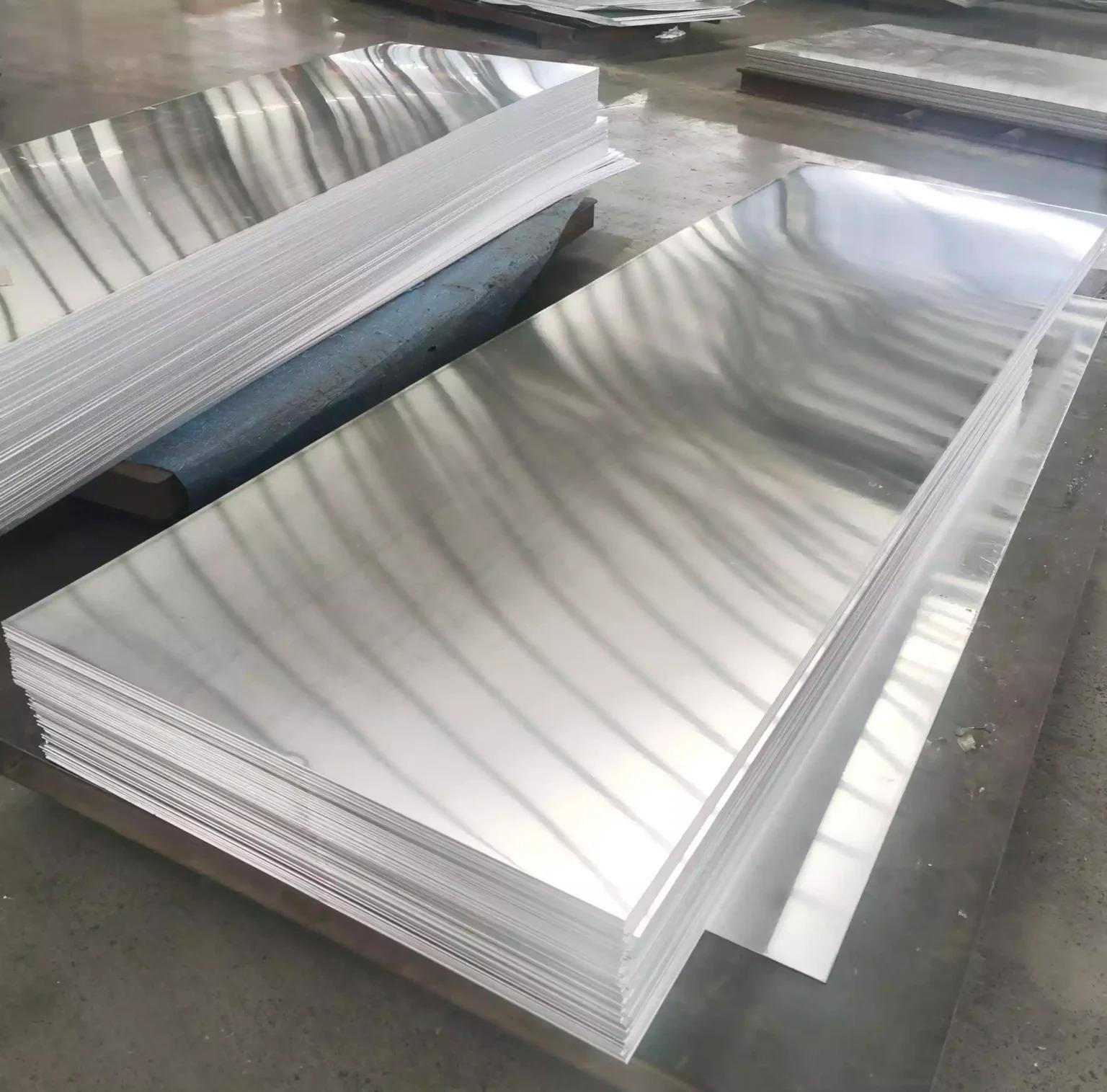Aluminum sheets are widely used in various industries due to their lightweight, corrosion resistance, and excellent mechanical properties. Two popular aluminum alloys for sheet applications are 6061 and 6063. While both alloys exhibit similar characteristics, they also have distinct differences that make them suitable for specific purposes. In this article, we will compare difference between 6063 and 6061 aluminum.
6061 Aluminum Sheet:
6061 aluminum is an alloy that consists of aluminum, magnesium, and silicon. It is known for its high strength, excellent machinability, and good corrosion resistance. Here are some key features and applications of 6061 aluminum sheet:
1. Strength and durability: 6061 aluminum has higher tensile strength and hardness compared to 6063 aluminum. It is often used in applications that require structural strength, such as aerospace components, marine fittings, and truck frames.
2. Machinability: 6061 aluminum has good machinability, making it easy to work with using various machining techniques. This alloy can be easily formed, welded, and fabricated into complex shapes.
3. Corrosion resistance: Although not as corrosion-resistant as some other aluminum alloys, 6061 aluminum still provides good resistance to atmospheric corrosion. It is commonly used in outdoor applications where exposure to moisture and harsh environments is a concern.
4. Heat treatable: 6061 aluminum can be easily heat treated to enhance its mechanical properties further. This makes it suitable for applications that require increased strength and hardness, such as automotive parts and structural components.
6063 Aluminum Sheet:
6063 aluminum is an alloy primarily composed of aluminum and silicon. It is known for its excellent extrudability, high corrosion resistance, and smooth surface finish. Here are some key features and applications of 6063 aluminum sheet:
1. Extrudability: 6063 aluminum exhibits exceptional extrudability, making it a popular choice for extruded profiles and shapes. It is commonly used in architectural applications, such as window frames, door frames, and curtain walls.
2. Surface finish: 6063 aluminum has a smoother surface finish compared to 6061 aluminum. This makes it well-suited for applications where appearance is important, such as decorative trim, furniture, and interior design elements.
3. Corrosion resistance: 6063 aluminum offers excellent resistance to corrosion, especially in environments where exposure to moisture and chemicals is present. It is commonly used in outdoor structures, such as pergolas, railings, and signage.
4. Limited strength: While 6063 aluminum has good strength, it is not as strong as 6061 aluminum. It is suitable for applications that do not require high structural strength but prioritize other factors like extrudability and corrosion resistance.
Conclusion:
In summary, both 6061 and 6063 aluminum sheets offer unique advantages depending on the specific application requirements. If high strength, durability, and machinability are crucial, 6061 aluminum is the preferred choice. On the other hand, if excellent extrudability, corrosion resistance, and a smooth surface finish are desired, 6063 aluminum is more suitable. Ultimately, the decision between 6061 and 6063 aluminum sheets should be based on the specific needs of the application, considering factors such as strength, extrudability, corrosion resistance, and surface appearance.
